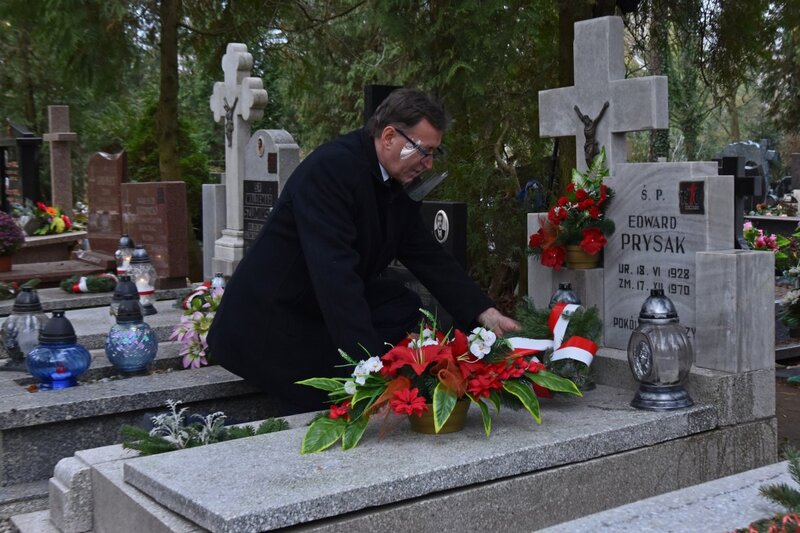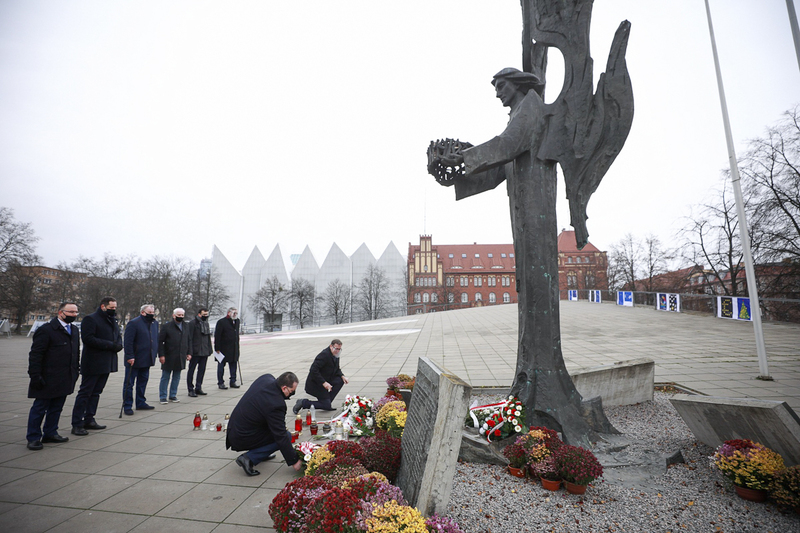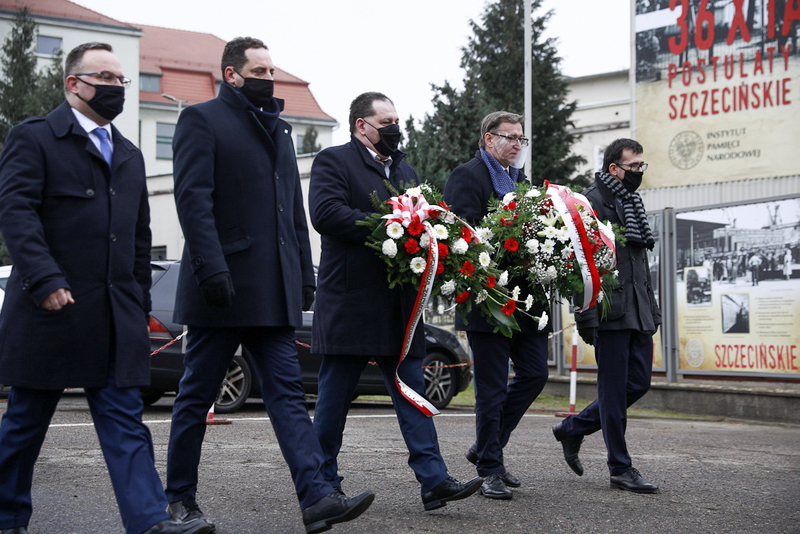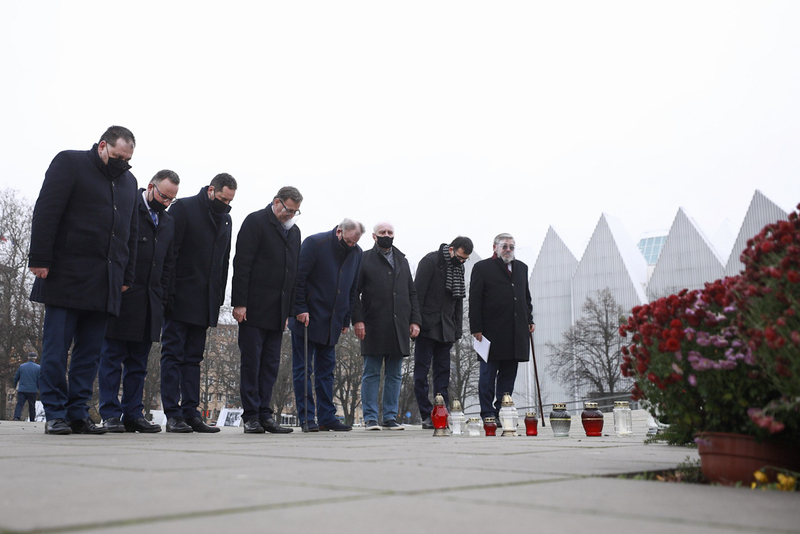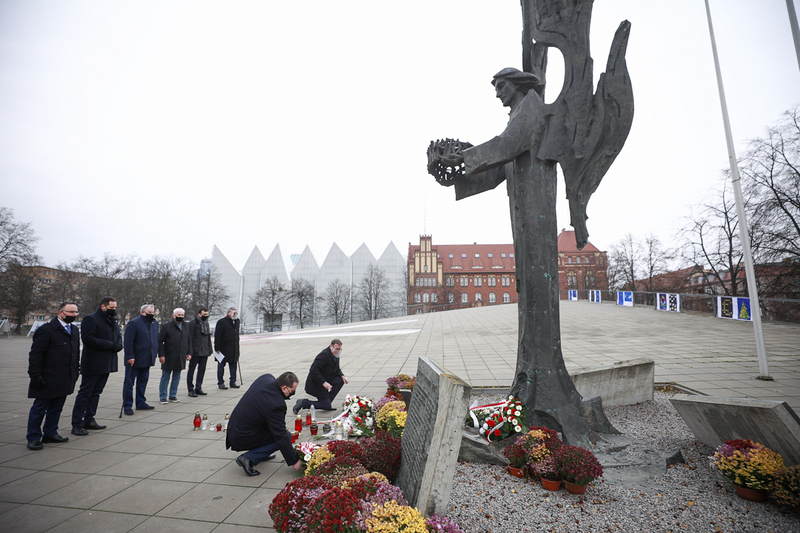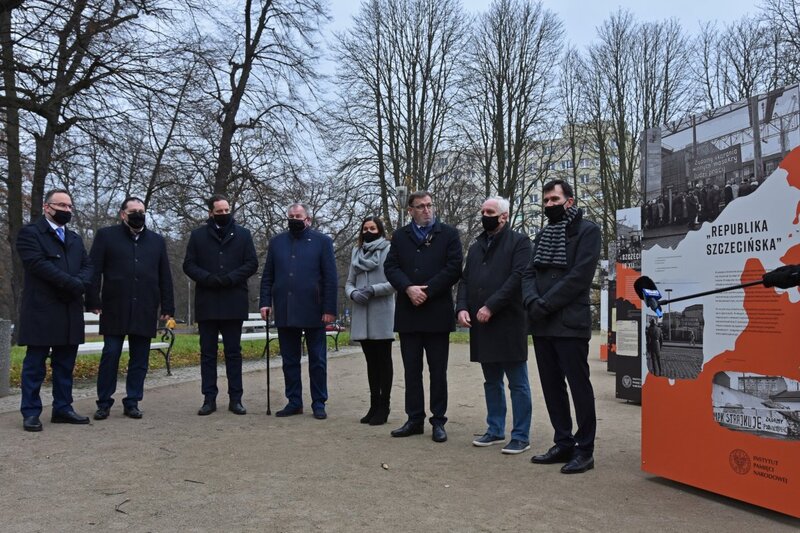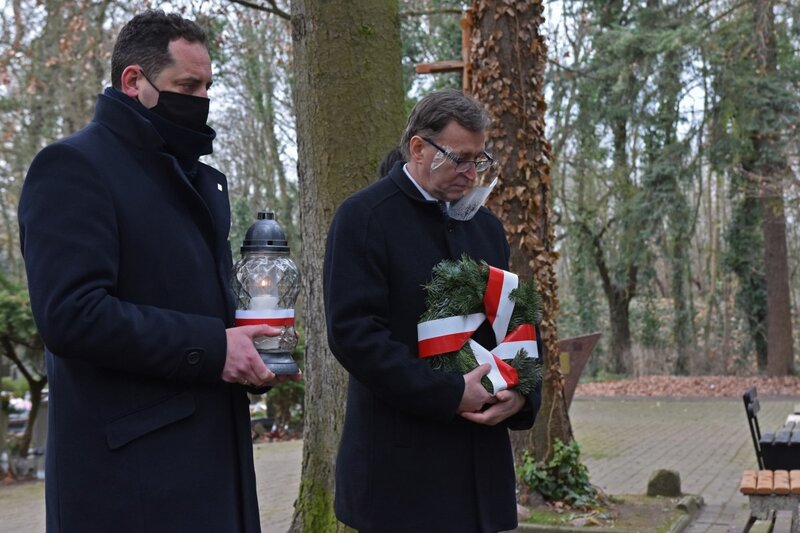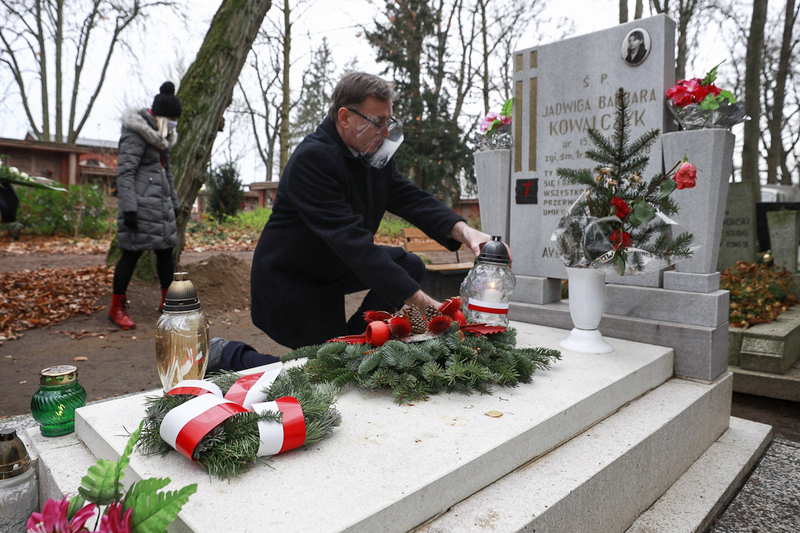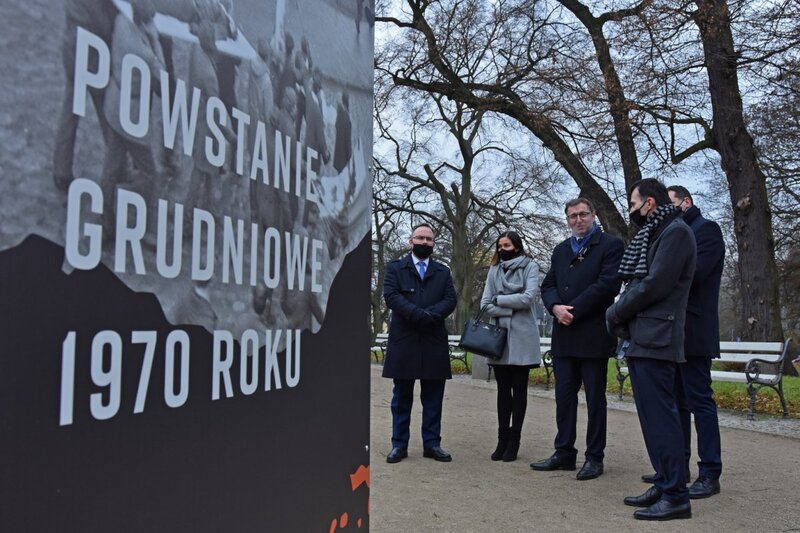"Little stabilization" was deceptive and fragile, as evidenced by the fact that as early as the spring of 1970, the party leadership were discussing certain "measures". The first decisions were taken in September: even before the public announcement of the food prices increase, not only the security forces or the Citizens’ Militia, but also most of the army had been put on readiness to quell the expected rebellion. The authorities were prepared to use force not only on the coast, but also in Poznań, Wrocław, Katowice, Kraków and Warsaw, codenaming the operation "Autumn '70". On 10 December, members of the Politburo received details of the planned pay rises, and three days later, on Sunday, they broke the news to the nation.
Once they did, the revolt indeed broke out. From Monday, 14 December, the Tri-City saw bloody clashes, street fights, and attempts to build an organized form of resistance, prevented by the security services and the army. On 17 December, the unrest reached Szczecin, where minute by minute, hour by hour, the tension had been growing until finally, just like in the Tri-City, it turned into bloody fights in which death took its toll. In total, 45 people were killed and over a thousand injured on the Polish coast.
However, in Szczecin the protests engulfed the entire city, and the strike committee in fact took the power, which for 25 years had been the sole privilege of the communist party. The December storm wiped out Gomułka, replaced by Edward Gierek, who had been trying to take over for years, but the system was far from finished. In January 1971, Szczecin workers revolted again, this time against Gierek; the authorities would have resorted to the use of force, but the determination of many people led to something unheard of in the People's Republic of Poland: a debate between those "at the top" and those "at the bottom". Even though the debate was a show of manipulation and hypocrisy, that Szczecin experience turned out to be an invaluable lesson for the August 1980 protests, which played a major role in the subsequent collapse of the system. That August would not have happened without that December.
Read about the night-time burials of the victims of communist brutality in Szczecin.
